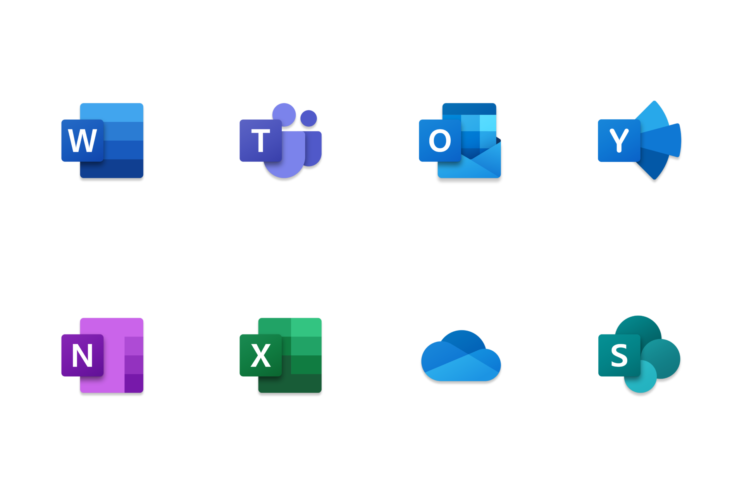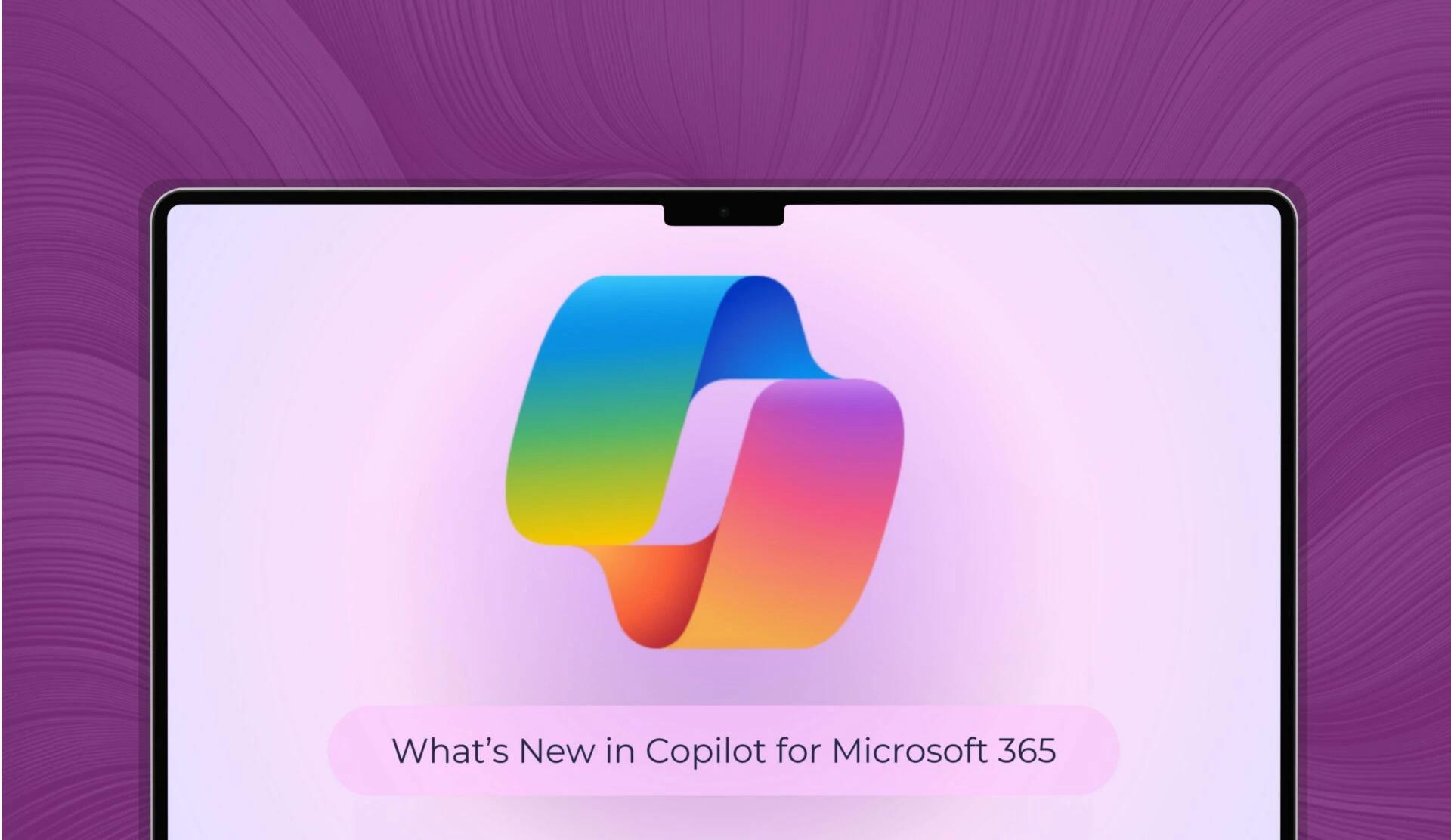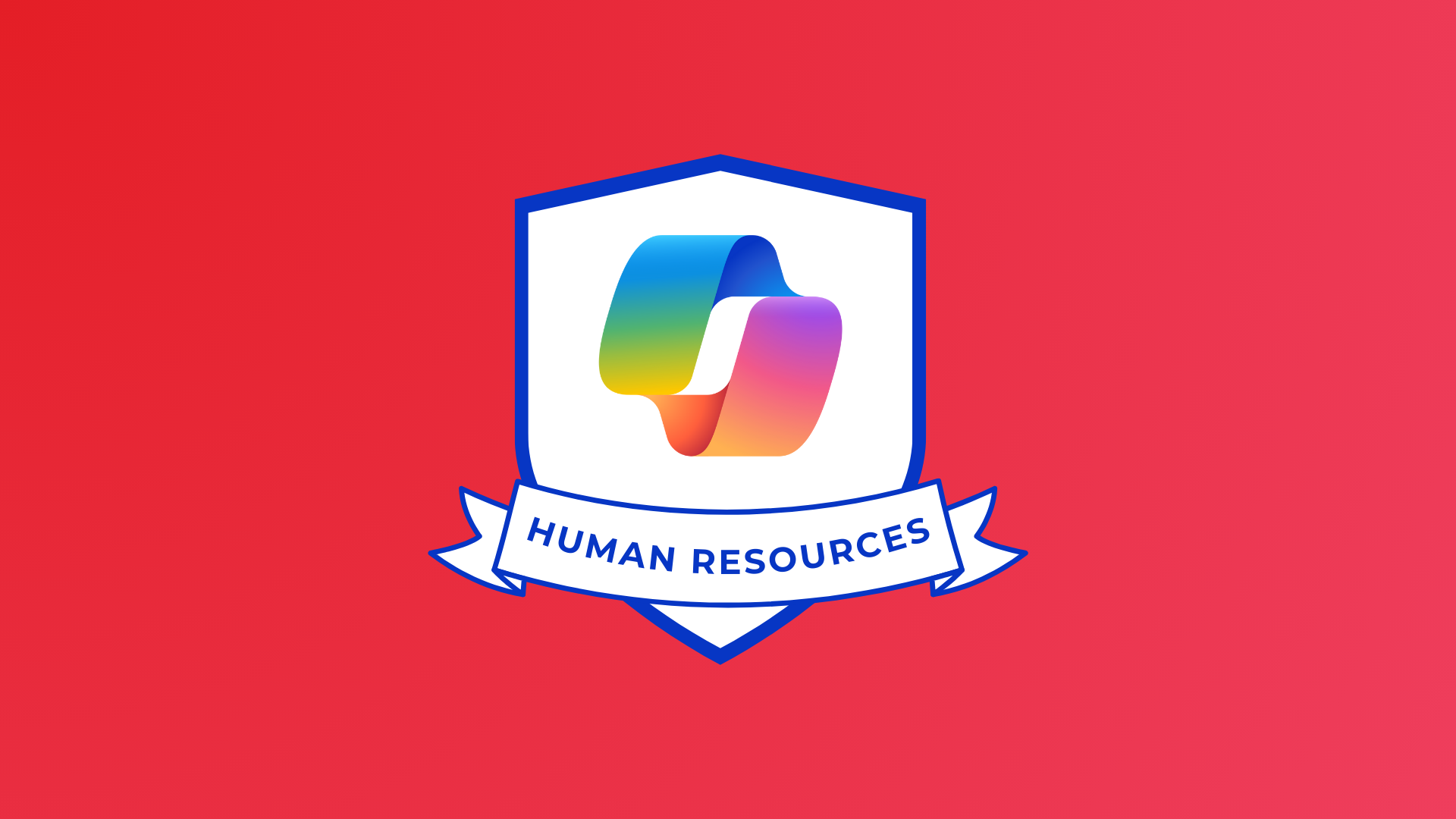
Everyone’s working from all over the place these days – or at least it seems like they are! In this new world of work, businesses have has had to adapt their ways of communicating to ensure all staff are up to date on latest goings on, know what they’re doing, receive training or attend meetings etc. regardless of whether they are in the office or working from home (or even abroad).
It is vital that business communications are refined and streamlined so entire teams can work effectively and collaboratively, whether they’re together in person, on their laptop, tablet or smartphone.
Types of business communications
Different types of business communication can be utilised to share information amongst different groups of staff depending on what is needed in the moment. They are split into four categories: internal upward communication, internal downward communication, internal lateral communication and external communication.
Internal upward communication: from an employee to a manager or individual in the organisation’s hierarchy. This can be in the form of surveys, feedback forms and reports delivered virtually or in person.
Internal downward communication: from a manager or higher-level leader to all employees. This often takes the form of a letter, memo or verbal directive, delivered in a professional and clear manner.
Internal lateral communication: discussions between employees in the workplace. This involves in person, video or audio chats, direct messaging, email and employee communication software, channels or websites within and among departments.
External communication: any communications with external parties such as customers, prospects, vendors and partners, be it in person or online.
How can you improve your business communication using Microsoft 365?
With Microsoft 365 software, communicating with others is streamlined and simple. It even enables you to communicate with colleagues all over the world, in different time zones. For example, the ability to add different time zones into Outlook enables you to know when your American colleagues will be working in order to schedule meetings that everyone can attend.
Meetings are simple to set up via MS Teams and offer a perfect solution if you are still working from home or working with colleagues in different locations as face-to-face meetings are now video based but make presenting ideas straightforward with screen share so others can view a presentation in real time.
Setting up internal SharePoint websites can help share company updates, provide access to important documents (such as HR or project documents), share, organise and store information and more. It’s a neat application that makes access from any device, anywhere, easy for everyone.
Teams channels can bring project groups together, creating a one-stop-shop for staff to chat, share and collaborate on documents, plan and assign tasks and much more. It is easier and quicker than email as all work is done in real time and changes to documents, for example, can be seen immediately without having to save multiple file versions.
Finally, using MS Forms offers employees the chance to feedback on specific projects, workloads or general business issues.
There’s much more software available on M365 that can help you refine your internal and external communication. So, want to learn more about how to incorporate M365 into your business communication? Already using M365 but want to get more out of it? For more information, email us at [email protected] or fill out the form below.
Share
Related Posts
Our most recent articles
23 April 2024
11 April 2024
04 April 2024
21 March 2024








